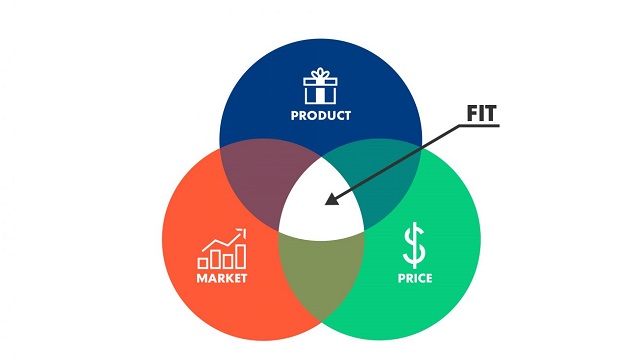In the ever-evolving world of tech, fintech, and ICT startups, one truth remains constant: product-market fit is everything. Many businesses fail, not because they lack great ideas or competent teams, but because they build products without validating real demand through comprehensive market research.
It’s a tough reality. A startup can have the most innovative solution, but if no one needs it, it won’t survive. The key to overcoming this challenge lies in thorough market analysis, iterative product development, and strong user feedback loops.
1. Understanding the Market: Research before you build
Every successful product starts with a deep understanding of the market. It’s crucial to define the target market, identify their pain points, and analyze existing solutions. Market research is not just about gathering data; it’s about finding real gaps and opportunities that a business can address.
One of the most effective ways to conduct market research is through customer discovery. Speaking directly with potential users helps to uncover their frustrations and expectations. Competitive analysis is also essential, as it allows businesses to study existing solutions and understand their limitations. Market segmentation further refines this process by categorizing users based on consumer behavior, needs, and willingness to pay.
Skipping this step often leads to wasted time and resources on products that fail to gain traction. Understanding the market before building ensures that startups are solving real problems rather than creating solutions in search of a problem. This is where marketing research techniques like surveys, focus groups, and qualitative research come into play, providing valuable insights into customer needs and preferences.
2. Iterative Product Development: Build, Test, Improve
Once market insights are gathered, the next step is to develop a Minimum Viable Product (MVP). An MVP is not a finished product but a simplified version that delivers core value. Rather than spending months perfecting features that users may not want, launching a lean version allows for real-world testing and refinement.
Successful startups take an iterative approach to product development. They launch quickly, ensuring that the initial product is functional but minimal. They then track user behavior to assess engagement, adoption rates, and potential pain points. Based on these insights, they either refine the product or pivot to a more viable solution.
This method reduces risk and ensures that resources are focused on what truly matters. Startups that iterate based on user feedback are more likely to create a product that fits the market. This process often involves continuous market analysis and data collection to stay aligned with market trends and evolving consumer behavior.
3. The Power of User Feedback Loops
User feedback is not just helpful; it’s essential. No product achieves market fit in isolation. The best startups build feedback loops into their processes to refine their offerings continuously.
Gathering feedback can be done through multiple channels. Surveys and polls provide direct insights into user experience, while analytics tools help businesses observe how people interact with the product. Engaging users in conversations through forums or social media platforms also fosters a sense of community and brand loyalty.
Feedback is the foundation of product refinement. Founders who actively listen to their users are better positioned to build solutions that evolve with market needs. This ongoing process of customer analysis helps startups generate actionable insights that drive product improvements and marketing strategies.
Case Study: Paystack’s Path to Product-Market Fit
A great example of product-market fit in action is Paystack, the Nigerian fintech startup acquired by Stripe. Paystack identified a major gap in Nigeria’s online payments space through thorough market research. Instead of assuming what businesses needed, the company engaged with merchants, tested a basic product, and iterated based on real user feedback.
By addressing a clear pain point and staying closely connected to its users, Paystack achieved rapid adoption and market dominance. Its success demonstrates the power of combining market research, iterative development, and continuous feedback to create a product that truly meets demand. This approach is particularly effective for small businesses and startups looking to establish themselves in competitive markets.
Conclusion
Finding product-market fit is not a one-time achievement but an ongoing process. It requires discovery, iteration, and continuous improvement. The most successful startups validate demand before building, launch MVPs and refine them based on real user insights, and prioritize feedback at every stage of development.
In a competitive startup landscape, those who embrace this mindset stand the best chance of success. By leveraging various types of market research, including SWOT analysis and in-depth customer analysis, startups can gain a comprehensive understanding of their market position and opportunities for growth.
Remember, effective market research is the foundation of product-market fit. It provides the insights needed to develop products that truly resonate with your target market, ultimately leading to business success and growth.


